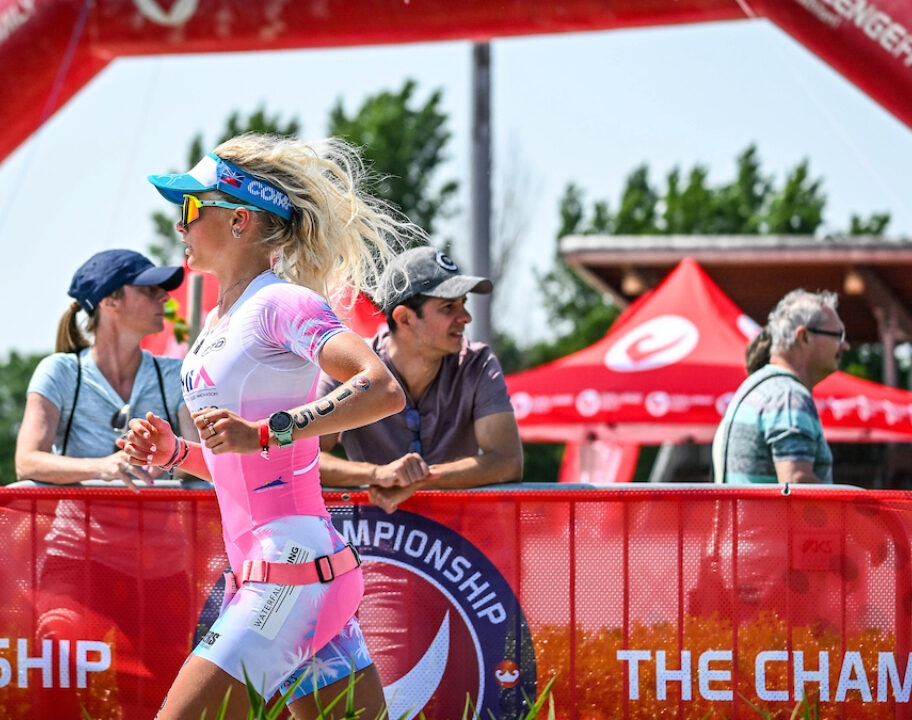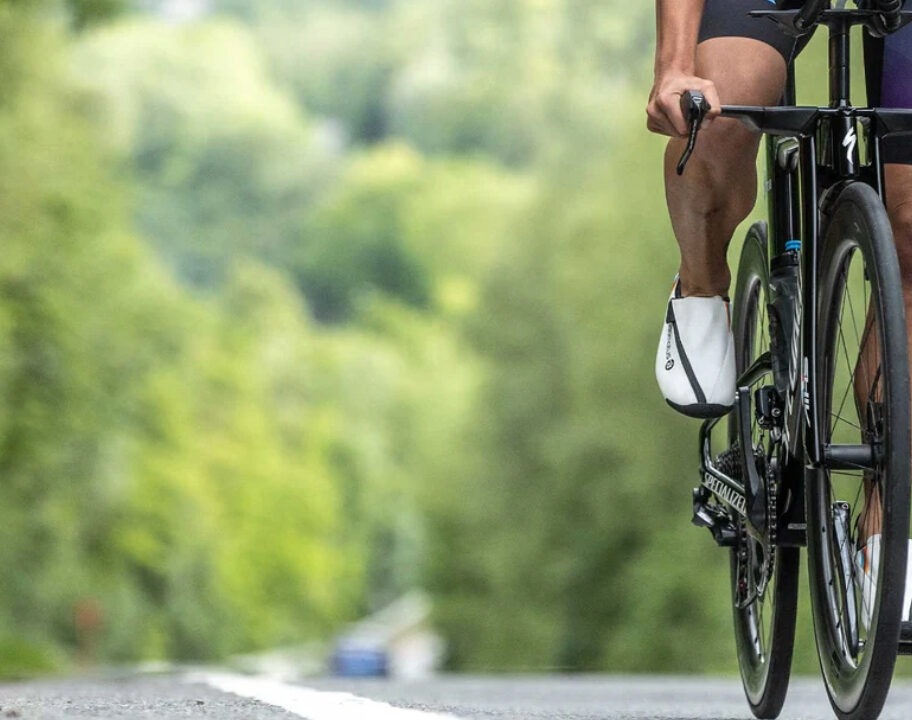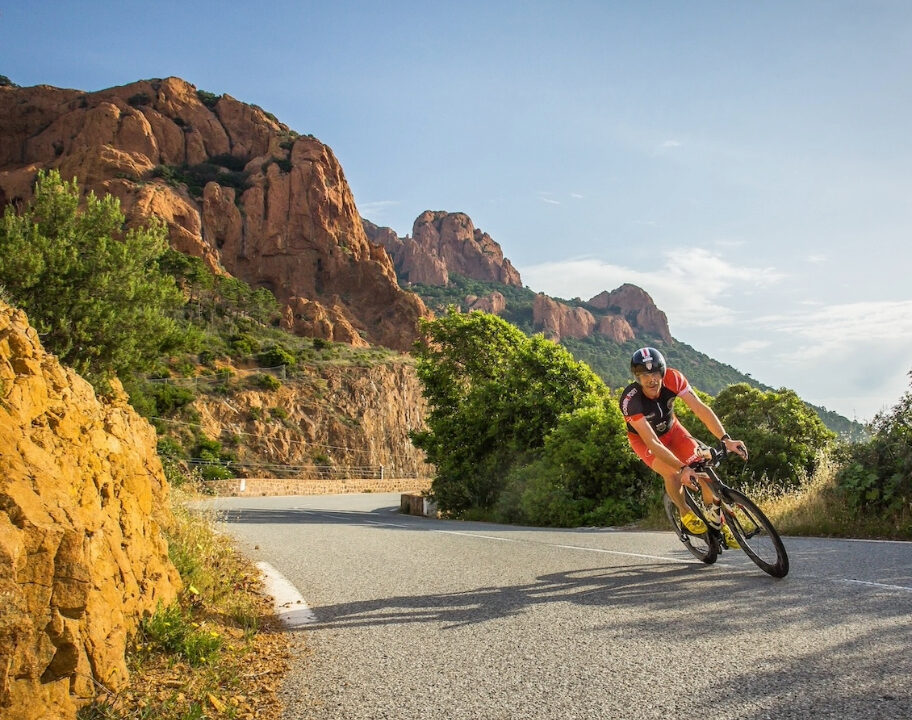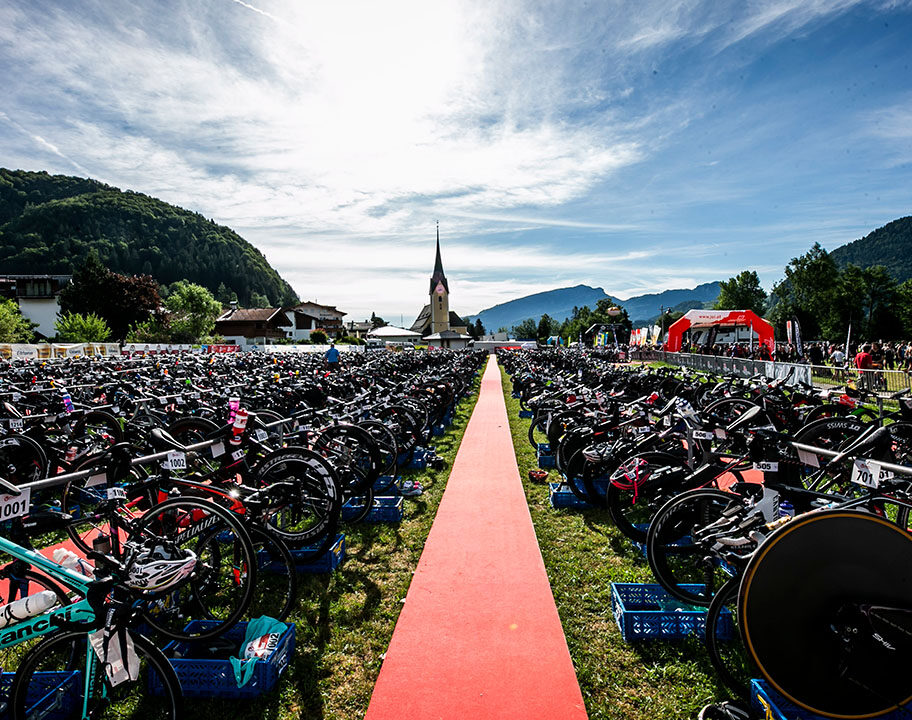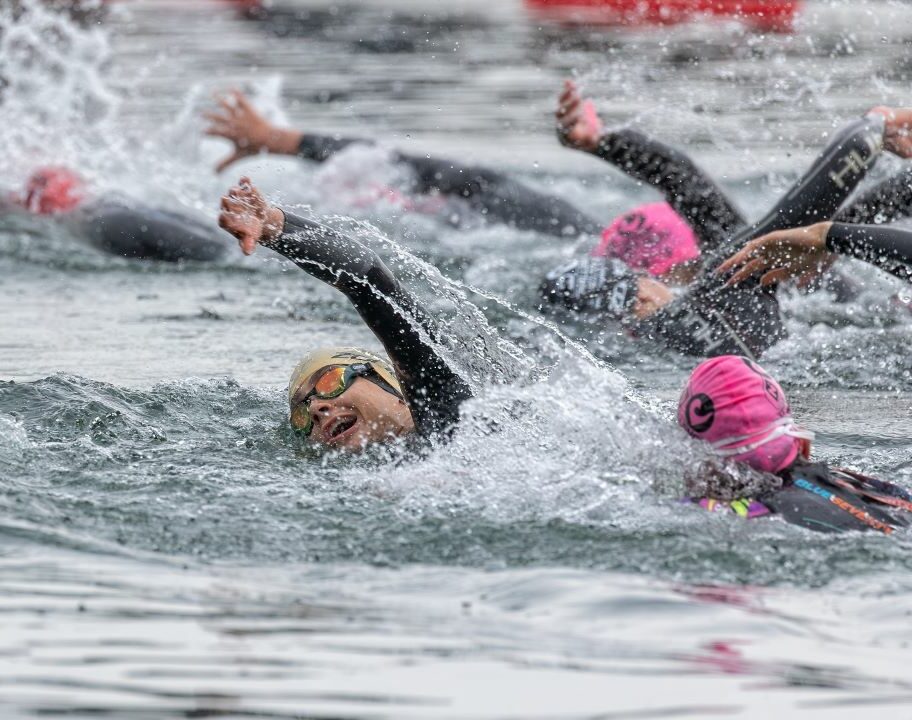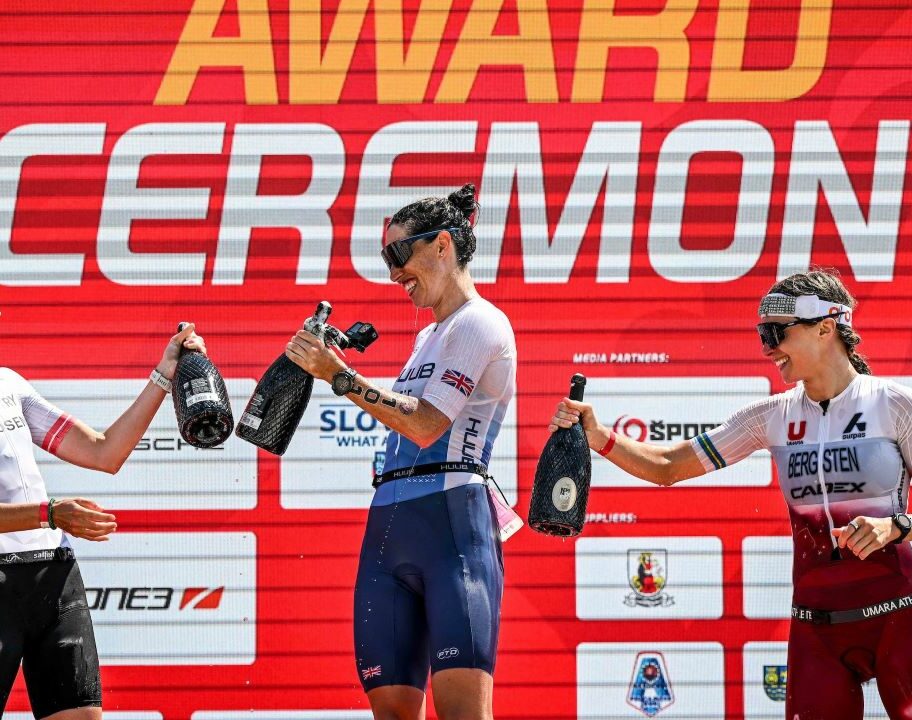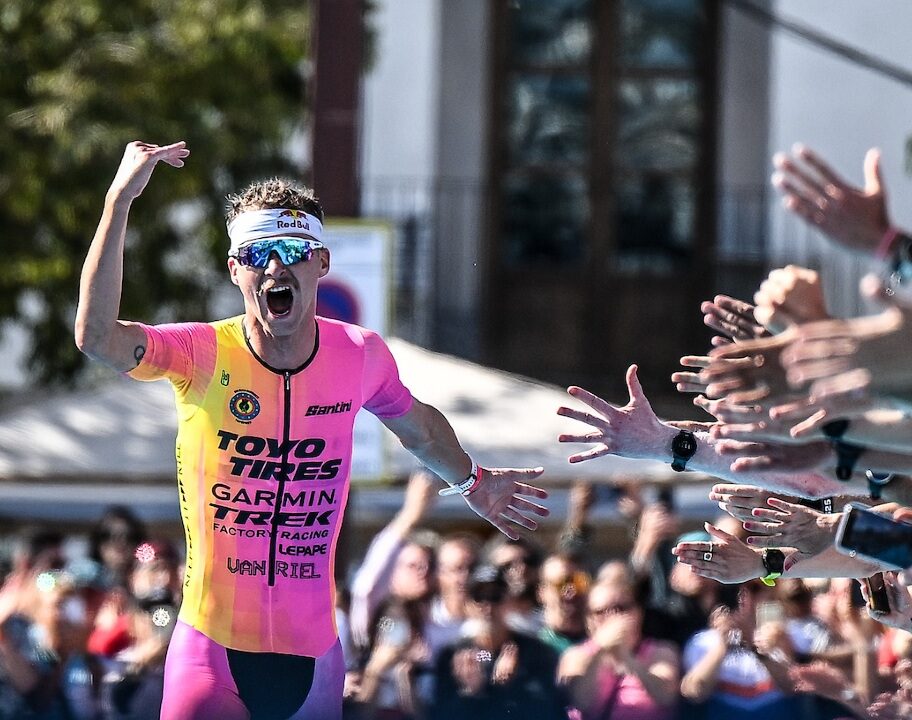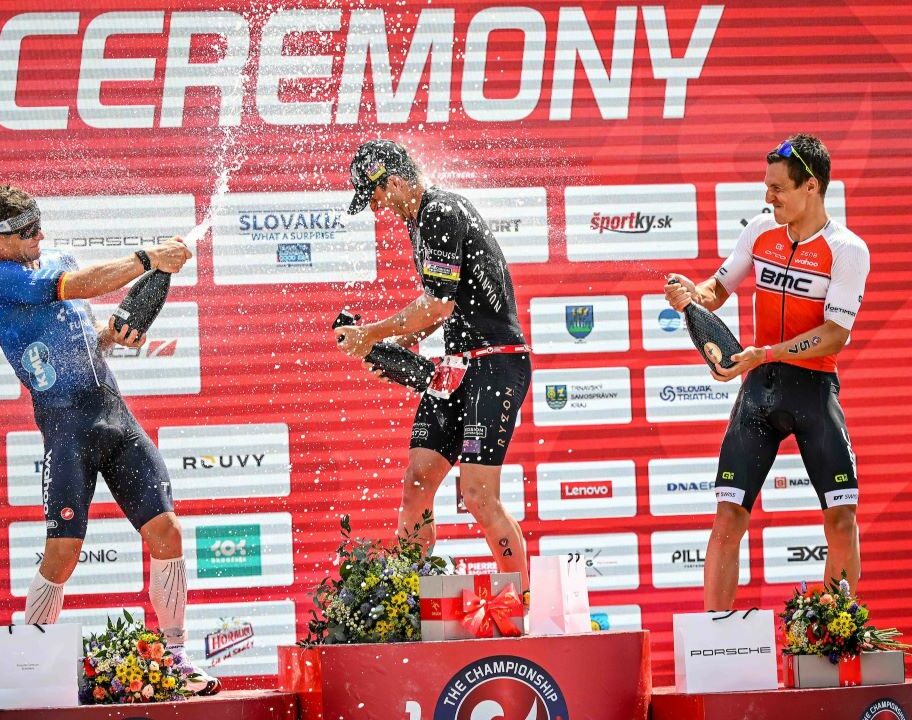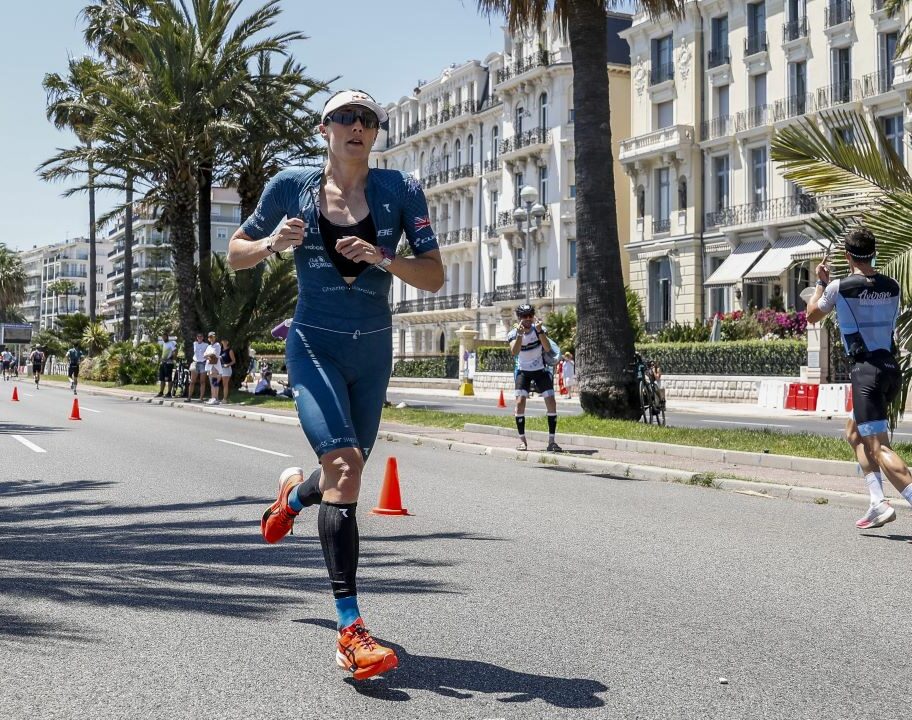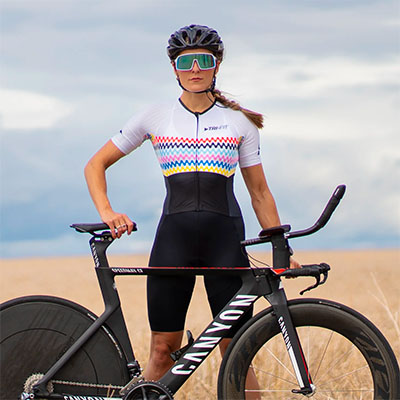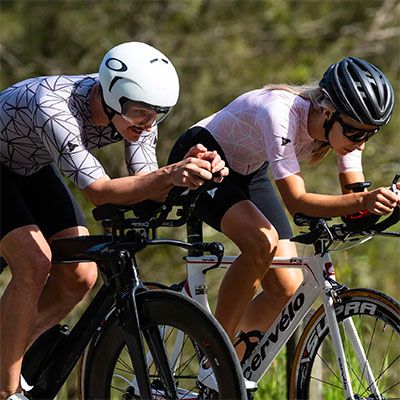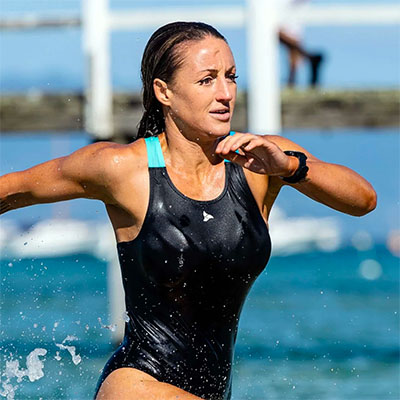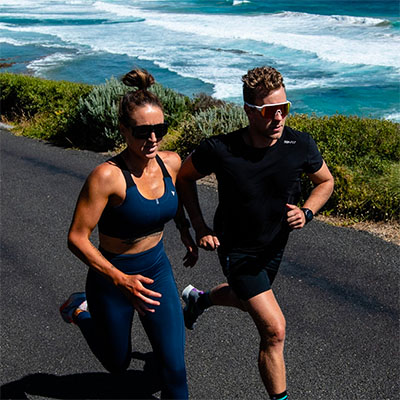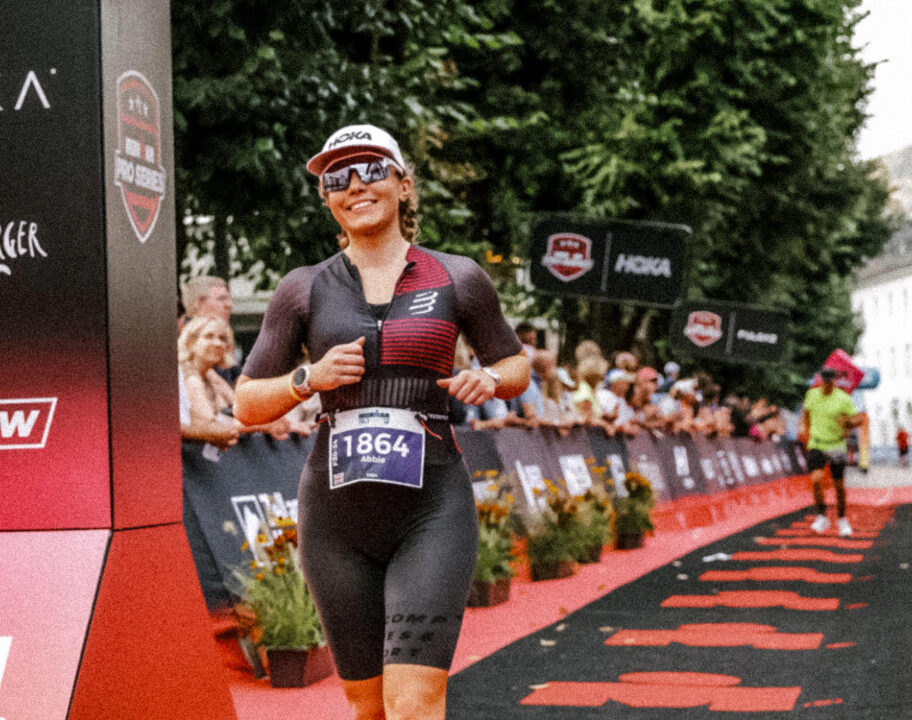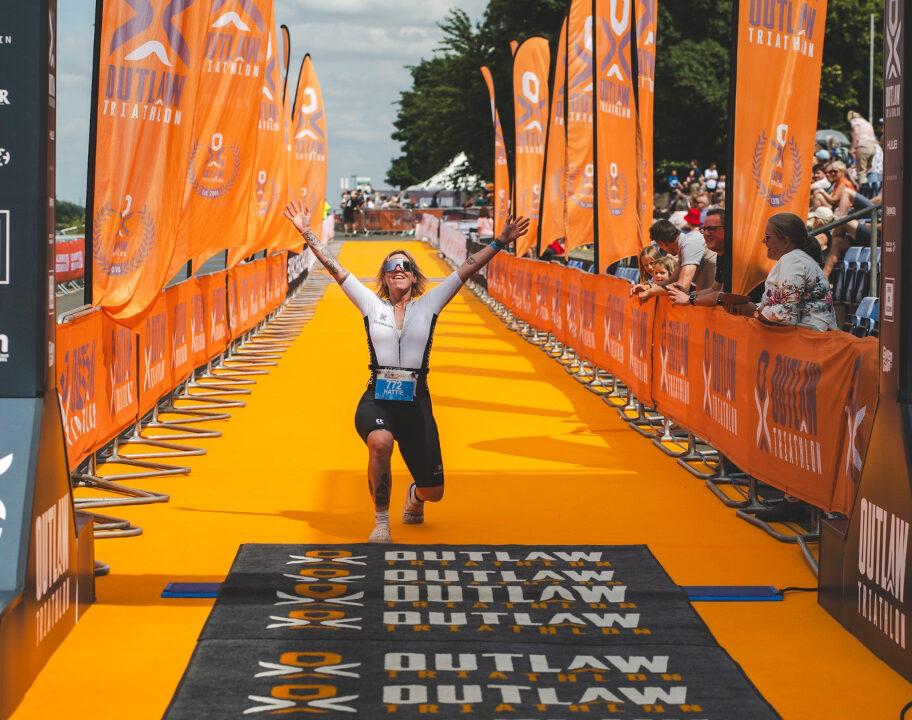The world of cycling can be a little bit confusing if you’re just getting into it. Because not only are there various types of bikes to choose from, depending on what terrain you’re riding and how fast you want to do it. There’s also different gearing, cog sizes, crank lengths, tyre set ups and pedal types to pick from while you’re at it.
Once you’re well and truly down the cycling rabbit hole, this is great because you can pretty much always find an excuse for an N+1 purchase. (Meaning: the optimal number of bikes or bits of gear is always what you have +1, infinitely). But when you’re just getting into spending time on two wheels. It can be a little overwhelming.
We’re going to dive into the different types of cycling pedals on offer, to help you decide which is best for your cycling plans.
What are clipless pedals?
Clipless pedals really ramp up the confusion factor right off the bat. Because while they’re called ‘clipless’. These pedals are actually designed to allow you to clip your foot in to the pedal via cleats attached to the bottom of your cycling shoes. To take your foot off the pedal, you simply twist to unclip.
So why clipless if they’re all about clipping in? The name comes from the old school style of pedal which featured a big toe clip and a strap that went over your shoe to secure your foot to the pedal.
Clipless pedals vs flat pedals – what’s the difference?
Unlike their ambiguously named counterpart, flat pedals are pretty much self-explanatory. These are your typical, flat cycling pedals you’ll find on leisure bikes. You don’t need to wear specific cycling shoes, because you just rest your foot on top of the pedal.
Many beginner cyclists start with flat pedals. Because your foot isn’t attached to the pedal in any way, you haven’t got to worry about unclipping when you need to put your foot down. Ask any cyclist, and they’ll have a least one tale of a slow motion comedy fall resulting from forgetting to unclip or not being able to get their foot out of their pedal fast enough at a junction!
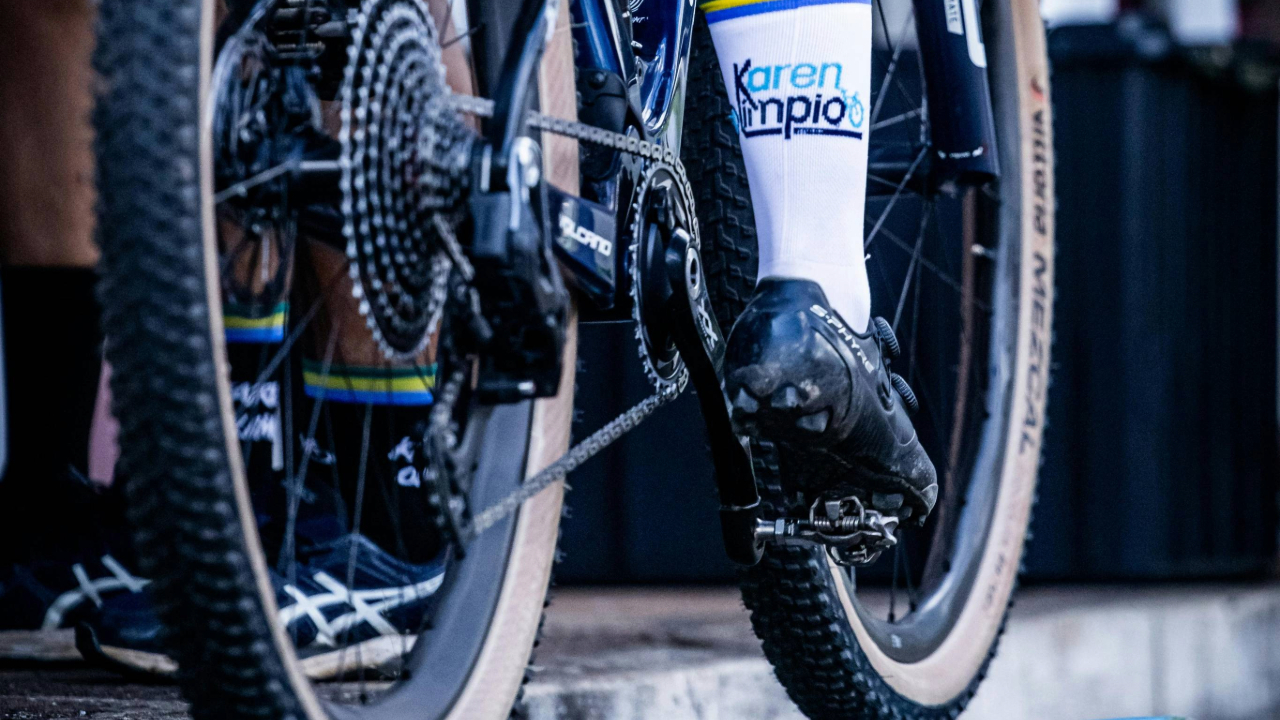
What are the benefits of going clipless?
The main benefit of going clipless is that you have a far more secure connection between your foot and the pedal. Your foot is ‘locked in’ while you’re riding. This allows for better transfer of power from your leg muscles to the pedals.
It also means you can recruit your glutes and hamstrings. Pulling ‘up’ on the pedal with a circular stroke rather than just stamping down with your quadriceps. All of that makes for more efficient riding, that will help you to go faster for the same effort. The secure feeling of clipless pedals also makes it easier to get out of the saddle to power up a hill. And you don’t have to worry about your feet slipping off the pedals on bumpy terrain or in wet conditions.
How to build confidence with riding ‘clipped in’
The thought of being ‘locked in’ to their pedals stokes nerves in many new cyclists. And we won’t lie to you – there’s a strong chance that to start with, you’ll have at least one ‘unclipping fail’-related tumble. It’s a right of passage!
The first thing to understand is that 9 times out of 10, if you fall off your bike because you can’t unclip it’s going to be at such a low speed it’s borderline comedic. You’ll be stopped or near-stopped, which means it’s more of a slow motion lie down than an all-out fall.
It’s all about practice. The easiest way to build up confidence with clipping in and clipping out of your pedals is to jump on the turbo trainer. You can get used to the ankle twist action required to unclip, and work out which foot you prefer to unclip with.
Once you’ve built up some confidence indoors, it’s time to head out into the real world. Choose a long, flat, straight section on a quiet road (or head to a car park after closing time if you prefer). Clip in and get up to a steady speed, then let the bike coast. Practice unclipping your foot before you actually need to come to a stop, and then clipping back in right away and start pedalling again. Once you’ve done this a few times. Slow down, unclip nice and early and gradually come to a stop so you can put your foot down. Practice this several times and it will start to feel more natural.
Once you start heading out on rides using clipless pedals, unclip earlier than you need to when you see a junction or traffic lights coming up so you won’t have any last minute panic. If you’re finding it particularly difficult to unclip, it’s worth adjusting the tension on your pedals. If they’re too stiff, you’ll have a far harder job to twist your ankle enough to unclip.
Mountain bike pedals vs road pedals
Now that we’ve established the difference between flat pedals and clipless. There’s an added layer of complication. Because within the realm of clipless pedals, you’ve also got mountain bike pedals and road pedals to choose between.
Mountain bike pedals
Mountain bike pedals are smaller, but heavier – designed to withstand the demands of off road conditions. They’re symmetrical, meaning you can clip into the top or the bottom of the pedal – it doesn’t matter which way up it is. This is because when you’re riding off road, the terrain makes it more likely that you’ll regularly be clipping in and out as you negotiate rocks, tree roots and other obstacles. The cleats that you use with mountain bike pedals are also smaller, and recess further into your mountain biking shoe. This means they pick up and collect far less grit, mud and sand compared to road cleats.
Road cycling pedals
Road pedals are larger, lighter and U-shaped. Typically you don’t need to unclip as often while cycling on the road compared to mountain biking, so road pedals can feel stiffer and more secure. Road pedals are one-sided with a spring mechanism, so you have to rotate them to the ‘right way up’ to clip in. Something that becomes second nature once you get the hang of it. The cleats you’ll need on your shoes for road pedals are also bigger and have a much higher profile on the shoe. So they’re not as easy to walk around in compared to mountain bike shoes and cleats.

The primary benefit of using road pedals is the large size provides more contact surface area between your foot and the pedal. This helps to provide a more efficient power transfer with each pedal stroke.
Ultimately, the choice of pedal comes down to the primary terrain you plan to ride on – and your personal preference. You’ll find people trying to tell you there’s ‘rules’ in cycling. But fundamentally if you feel more confident and comfortable using mountain bike pedals for road cycling – you do you!


